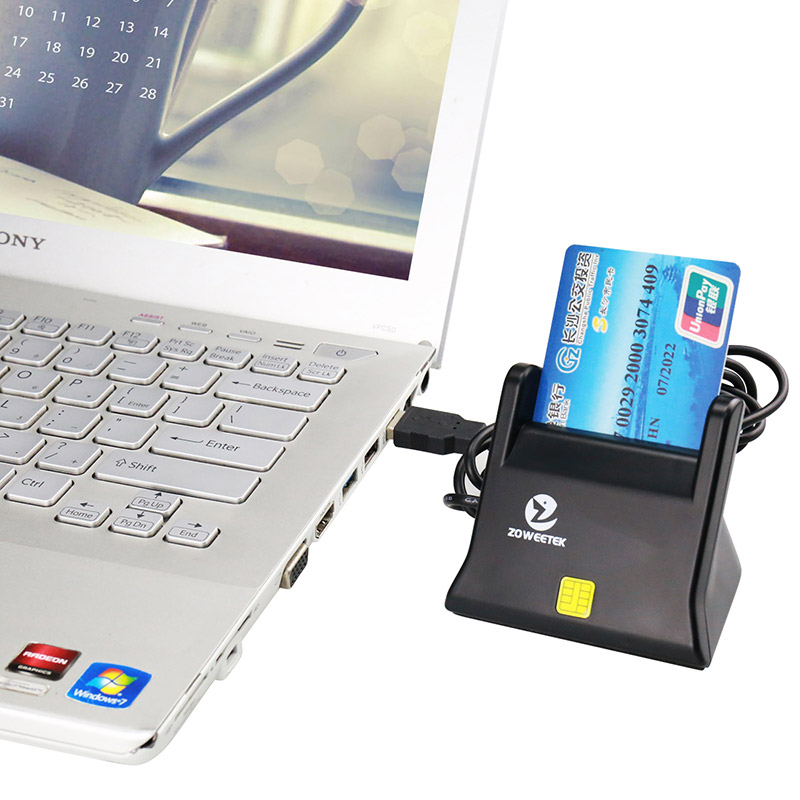

The reason this is important is that if the device is ever stolen or is impacted by malware, the keys cannot be extracted and used by an unauthorized user. One of the best (if not the best) security features of the VSC is that the keys cannot ever be exported. Hardware-based security (Non-exportability) While the VSC is different from your actual PIV card, it provides the same core security features that make the PIV card so effective. This matrix provides a side by side comparison of the two.

With this approach, enterprises can easily extend cryptographic multi-factor authentication features to their mobile assets to complement their PIV Card issuance capabilities.Ĭonceptually, the VSC is similar to taking the chip from your PIV card and permanently storing it in your mobile device. From a convenience point of view, this design is spectacular because the user can achieve the same tamperproof security controls provided by a PIV Card even if their device lacks a smart card reader. This TPM provides the same security features as a PIV smart card, but the chip is on the device’s motherboard, not embedded in an ID Card. It describes:Ī virtual smart card is stored in a secured chip known as a Trusted Platform Module (TPM). This blog will help you learn how to issue Virtual Smart Cards for your enterprise workforce. In this blog, we describe how to create a Virtual Smart Card issuance capability with all the enterprise level management and usability features required for a scalable operation. Now that enterprises have become comfortable with cryptographically secured hardware provided by PIV-C, they are looking for ways to add convenience and agility to their mobile device landscape while maintaining the same level of security controls that the PIV card provides…but without the physical card or reader.


 0 kommentar(er)
0 kommentar(er)
